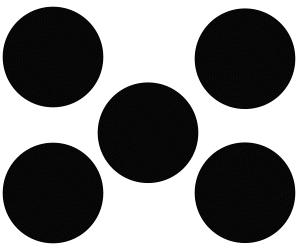What Is Platform Engineering?
Platform engineering refers to “the discipline of designing and building toolchains and workflows that enable self-service capabilities for software engineering organizations in the cloud-native era,” according to platformengineering.org, a professional community of practice.
Overall, platform engineering pulls together common components and processes so that developers don’t have to reinvent the wheel for every new project.
“We don’t want it to be a discovery exercise every time a program wants to do DevSecOps,” says P1 Materiel Leader Lt. Col. Brian Viola. “Instead, we want to commoditize DevSecOps so that the rest of the ecosystem can focus on new innovations.”
EXPLORE: Improved cybersecurity logging gives agencies better network visibility.
Through platform engineering, P1 can turbocharge DevSecOps efforts. “Platform engineering improves the software developer experience by simplifying how a software developer accesses and uses the tools and infrastructure needed to safely and consistently build, test, stage and operate software,” he says.
This makes it easier for developers to use commercial tools to cyber-secure their outputs, he adds.
“We want to leverage commercial, off-the-shelf products, free and open-source products, through a more transparent mechanism, pulling those into the ecosystem on a daily basis and getting those out to the production environments in a matter of hours,” Viola says.








.png)



